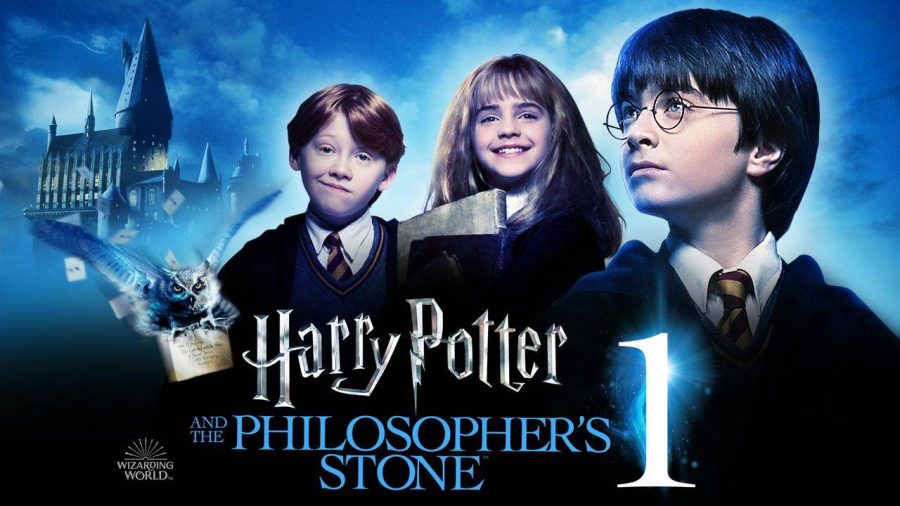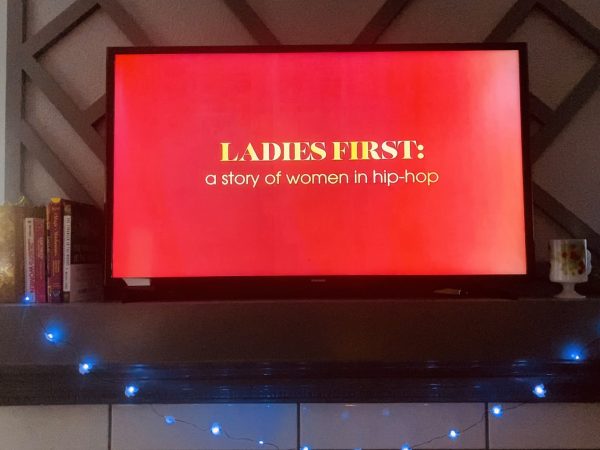The New Observer: “Harry Potter and the Philosopher’s Stone” Review
Harry Potter’s chokehold on pop culture is incredible, as the Wizarding World has continued to enchant fans around the globe for over 20 years.
Despite having 500 million copies sold and grossing almost $2.4 billion at the box office, I was not a part of the magical community of storytelling, until now.
As a child, I never gravitated toward any Harry Potter books, movies, or even the LEGO sets. While some of it was due to having strict religious parents, I couldn’t push myself to read books the size of cement blocks.
After watching the Philosopher’s Stone, I can finally say that I am enthralled with the whimsical wonders of the wizarding world.
“Harry Potter and the Philosopher’s Stone” focuses on Harry’s first year at Hogwarts, where he meets new friends but soon discovers a secret that stems from his unknown past.
Even though the movie is older than me, I felt enamored by the film’s plot. When you’re introduced to Harry, you get to see the kind of horrible life he lives in the cupboard underneath the staircase. Once Hagrid swoops in to grant Harry a way out, you start to root for him.
The ending is the best example of why I love this film. When the team of young adventurers enters the room where Fluffy, the three-headed dog, resides, every detail is some form of a callback to a past moment in the film. From the cloak of invisibility to the game of wizard chess, the climax ties the entire movie together.
While I loved the plot, other elements made the film work even by today’s standards.
John Williams’ work on the Philosopher’s Stone soundtrack flexes his musical domination in pop culture. From the celesta’s eerie solo at the beginning of “Hedwig’s Theme”, to the full-force orchestra performances, the film benefits from his signature whimsical tunes. The music wonderfully compliments the work of British production designer Stuart Craig.
Craig’s worked on all of the Harry Potter films, and his introductory work on Philosopher’s Stone sets the tone and mood of the film and environment spectacularly. In an age where computer-generated imagery (CGI) and LED volume create the background of so many films (looking at you, Marvel), the practical sets and on-location shoots equate to charming-yet-epic scenery.
While the music and set design already make this a great film, the acting puts it over the legendary threshold.
Daniel Radcliffe, Emma Watson and Rupert Grint deliver a lovable performance as Harry Potter, Hermoine Granger and Ron Weasely. Since the first minute of shared screen time, the group impressed me with their on-screen chemistry. It seemed like the three Hogwarts attendees had known each other since birth.
As much as I enjoyed the big three’s performance, Alan Rickman and Robbie Coltrane’s acting stole the show. As a lover of Rickman’s profound career, his odd-yet-menacing persona balances well with the children’s innocence. Coltrane, who recently passed away, plays a crucial role in transitioning the movie from the visibly generic No. 4 Privet Drive to Hogwarts.
However, even though I loved the key elements of the movie, the CGI is unimpressive.
While the concept wasn’t new in the 21st century, it was commonly used for background scenes and to animate things that couldn’t be made with practical effects. Just like every other film that used CGI at the time, it looks heavily outdated.
In the riveting quidditch scene, most (if not every) character is switched to CGI versions. Of course, there was no way this scene could have been done practically and I appreciated that the filmmakers wanted to remain faithful to the books, but the poorly made graphics bothered me.
I wish I had watched the Philosopher’s Stone at a young age. The movie bewitched me every which way. Even my biggest and only gripe on the film can’t hold me back from loving the overall story. I understand why so many people around the world adored the young boy from Little Whinging, Surrey.
Twenty years later, I am a Potterhead. I cannot wait to see what’s in store with the Chamber of Secrets.
camtkb@umsystem.edu








